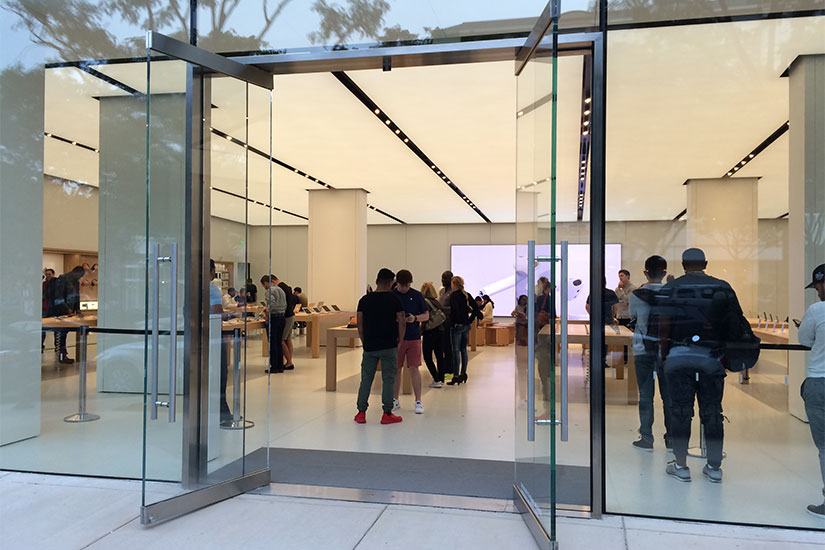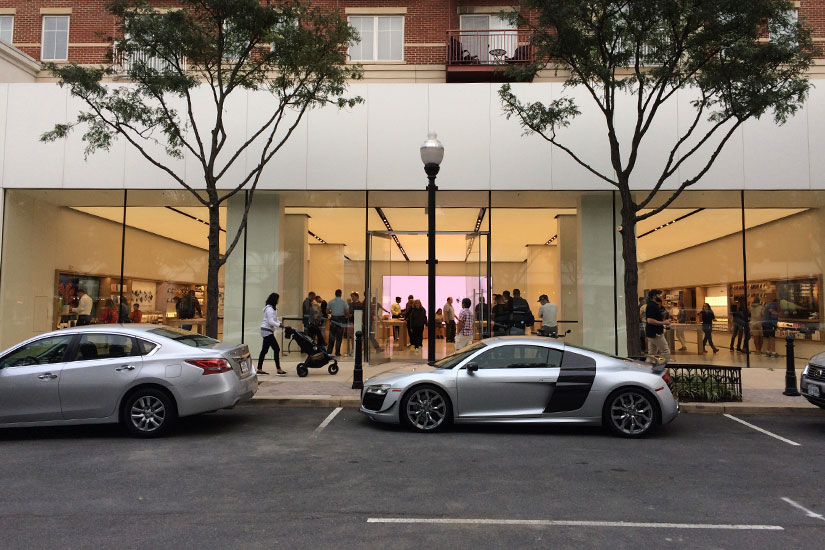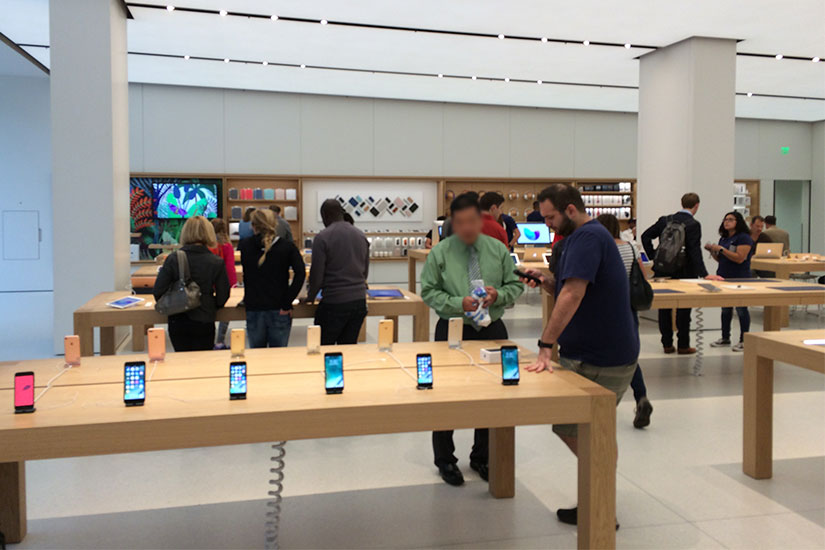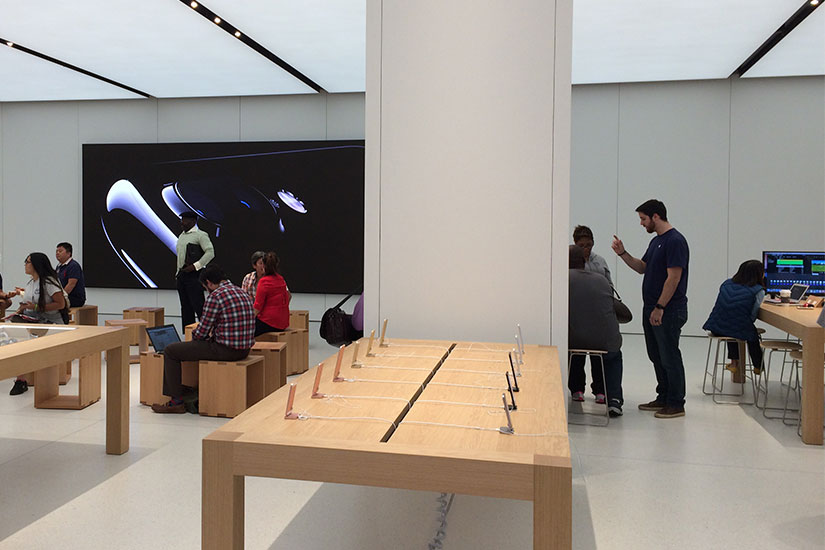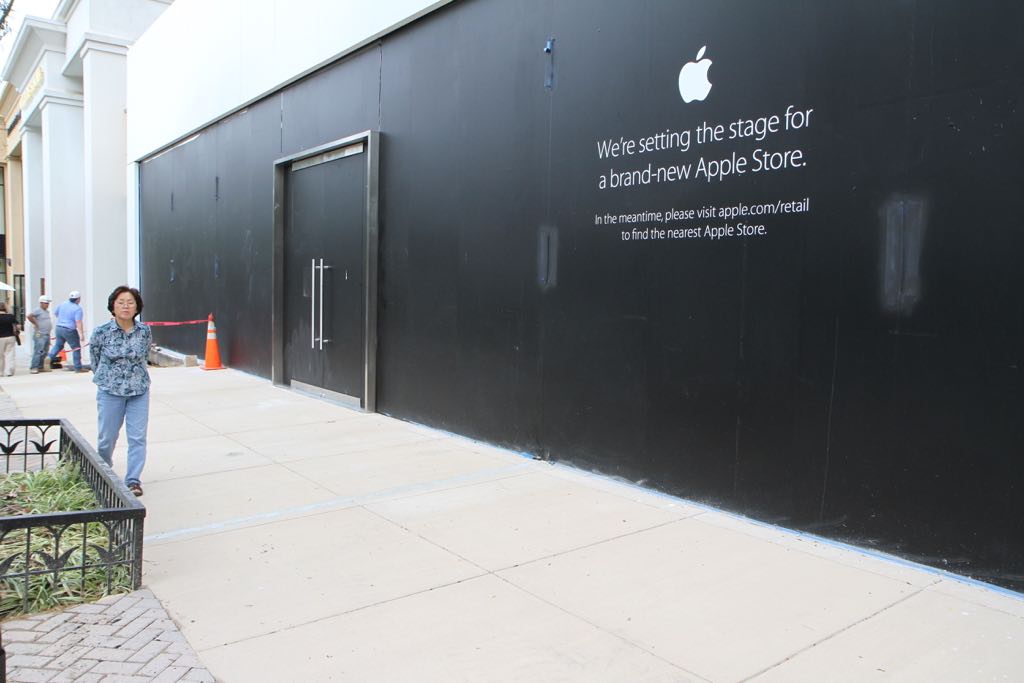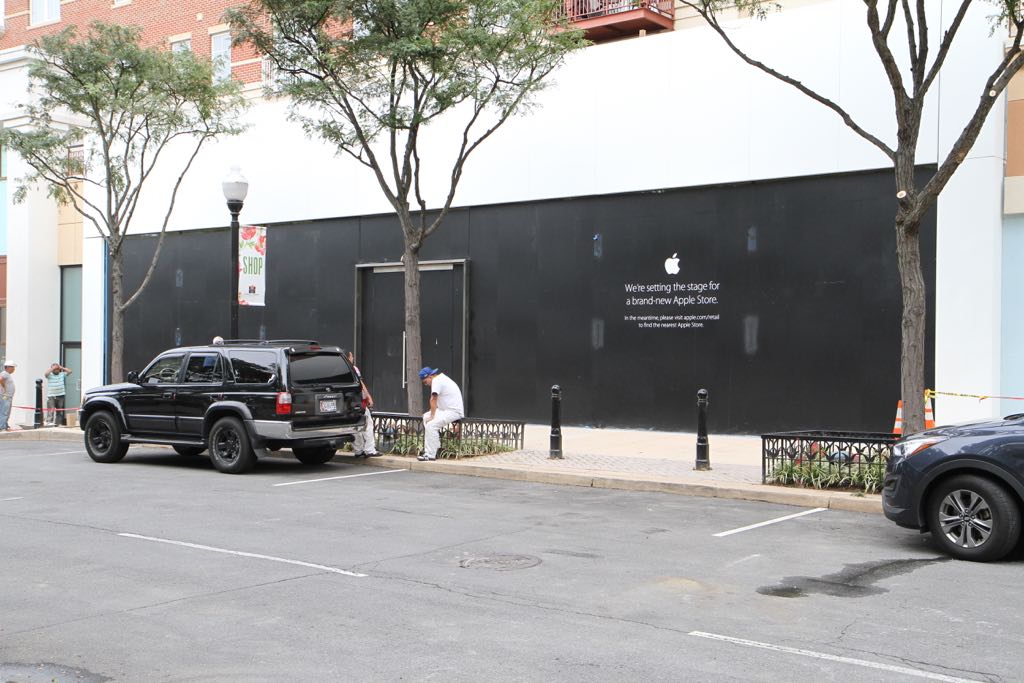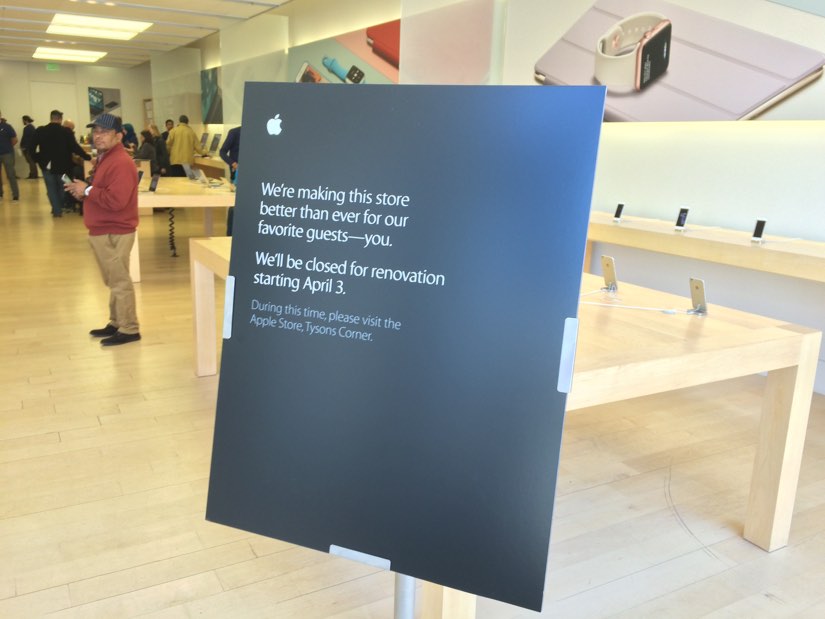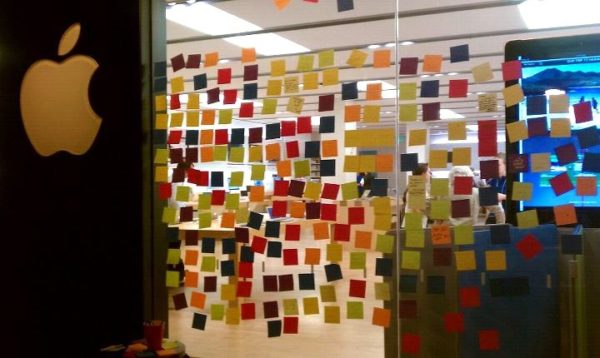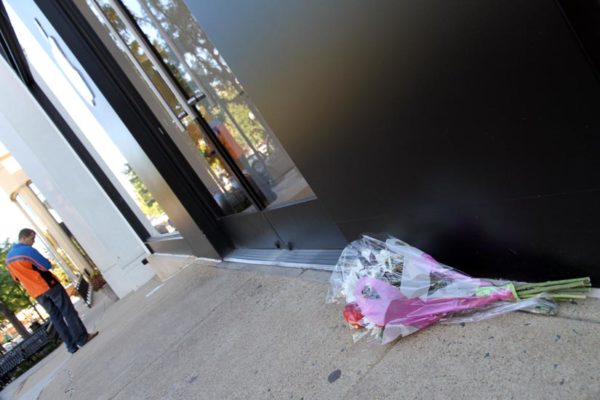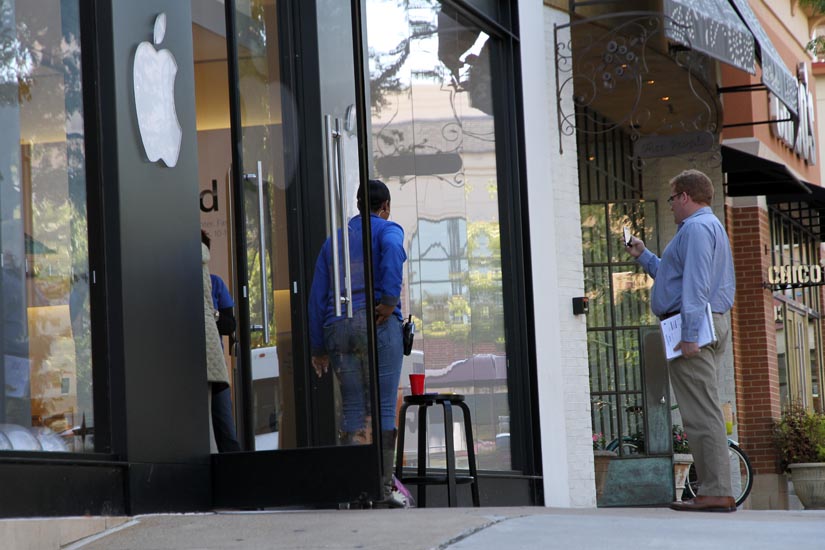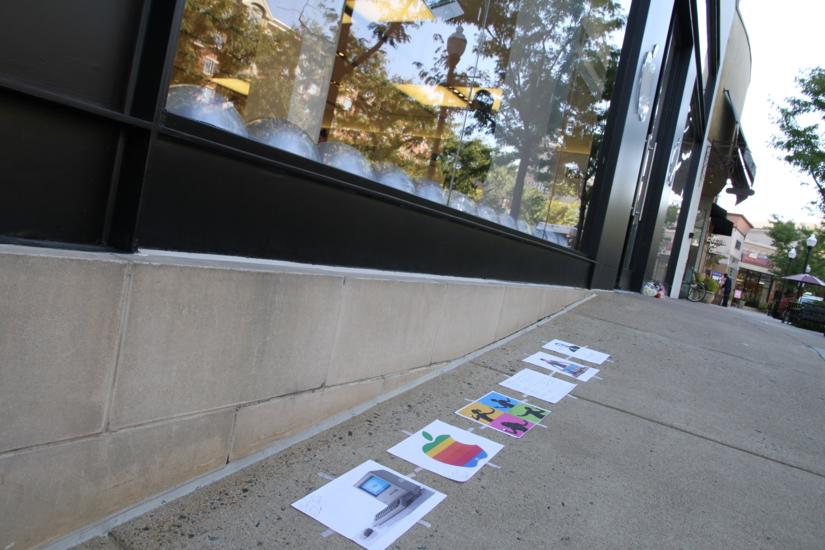Sponsored by Monday Properties and written by ARLnow.com, Startup Monday is a weekly column that profiles Arlington-based startups and their founders, plus other local technology happenings. The Ground Floor, Monday’s office space for young companies in Rosslyn, is now open. The Metro-accessible space features a 5,000-square-foot common area that includes a kitchen, lounge area, collaborative meeting spaces, and a stage for formal presentations.
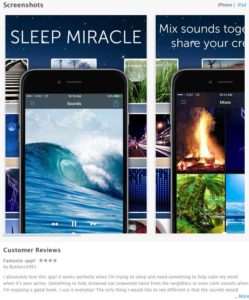 You might not think that a smartphone app that plays background sounds to help people sleep could be particularly lucrative or innovative. But then you would be underestimating both the market and the vision behind the app.
You might not think that a smartphone app that plays background sounds to help people sleep could be particularly lucrative or innovative. But then you would be underestimating both the market and the vision behind the app.
TMSoft, a small software company based in Crystal City’s 1776 space, released version 7.0 of “White Noise,” its flagship app, over the summer. The update pushes the app in the direction of being a social network, of sorts, for ambient sound.
White Noise, as we’ve previously reported, was released in 2008, just after the Apple App Store started letting iPhone users easily download third-party apps to their phones.
“When I first started I didn’t think anyone was going to download the thing,” said its creator, Ballston resident Todd Moore. “I just ran around my house with a recorder and recorded eight different loops: a bedroom fan, the outside crickets, rain, my HVAC [system]” and so on.
Thanks in part to media exposure — it was written up in the Washington Post, featured on the Today Show and made fun of by Jimmy Fallon — and a first-mover advantage, it became the No. 1 free app in the App Store. Through in-app advertising and a paid-for “pro” version, it was soon bringing in enough revenue that Moore quit his otherwise lucrative R&D job to focus on apps full time.
“I was making more money in a week than I was making all year at my job, and I said to myself, why don’t I quit and do this full time,” Moore recounts.
White Noise remains popular to this day, with the main app and its variants — including a “White Noise Baby” version for parents that includes a built-in baby monitor — generating the bulk of TMSoft’s revenue. (The company has some popular games and novelty apps in its catalog, but none were sustained smash hits on the scale of White Noise.)
“Putting people to sleep is our bread and butter,” Moore quipped, although White Noise is also used by those who want to use background sounds to help them work or study. “It was definitely the story of an app that bootstrapped a company.”
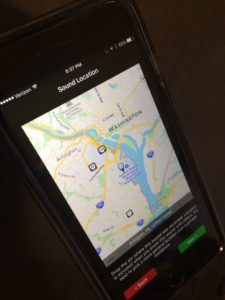 The seventh generation of White Noise doesn’t stray from its original use case, but it does represent the culmination of five years of development toward a much broader vision for the app.
The seventh generation of White Noise doesn’t stray from its original use case, but it does represent the culmination of five years of development toward a much broader vision for the app.
“The goal is to catalog the world’s sounds,” Moore said. “I want every country covered and every sound available.”
Why do that when a simple fan or rainstorm noise will usually suffice? User feedback, Moore said, has made him realize that the most impactful sounds represent a specific time and place in people’s memories.
“People are most comforted by sounds of their childhood,” Moore said. Thanks to user submissions, if someone wants to find a loop of a certain type of frog they heard once upon a time in Bermuda, for instance, there’s a sound for that.
Version 6.0 of White Noise introduced the feature that allows users to record sounds on their phone and, through an algorithm, seamlessly loop the sound so that it can play on repeat without distracting clicks or pops — no small engineering feat.
With version 7.0, users can now upload those sounds — and mash-ups of existing sounds — and download others from a marketplace that can be searched geographically. Users can then “heart” and comment on each other’s sounds.



